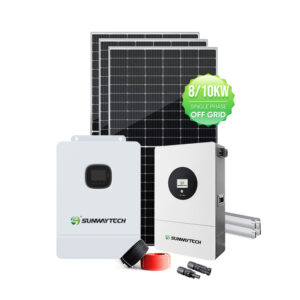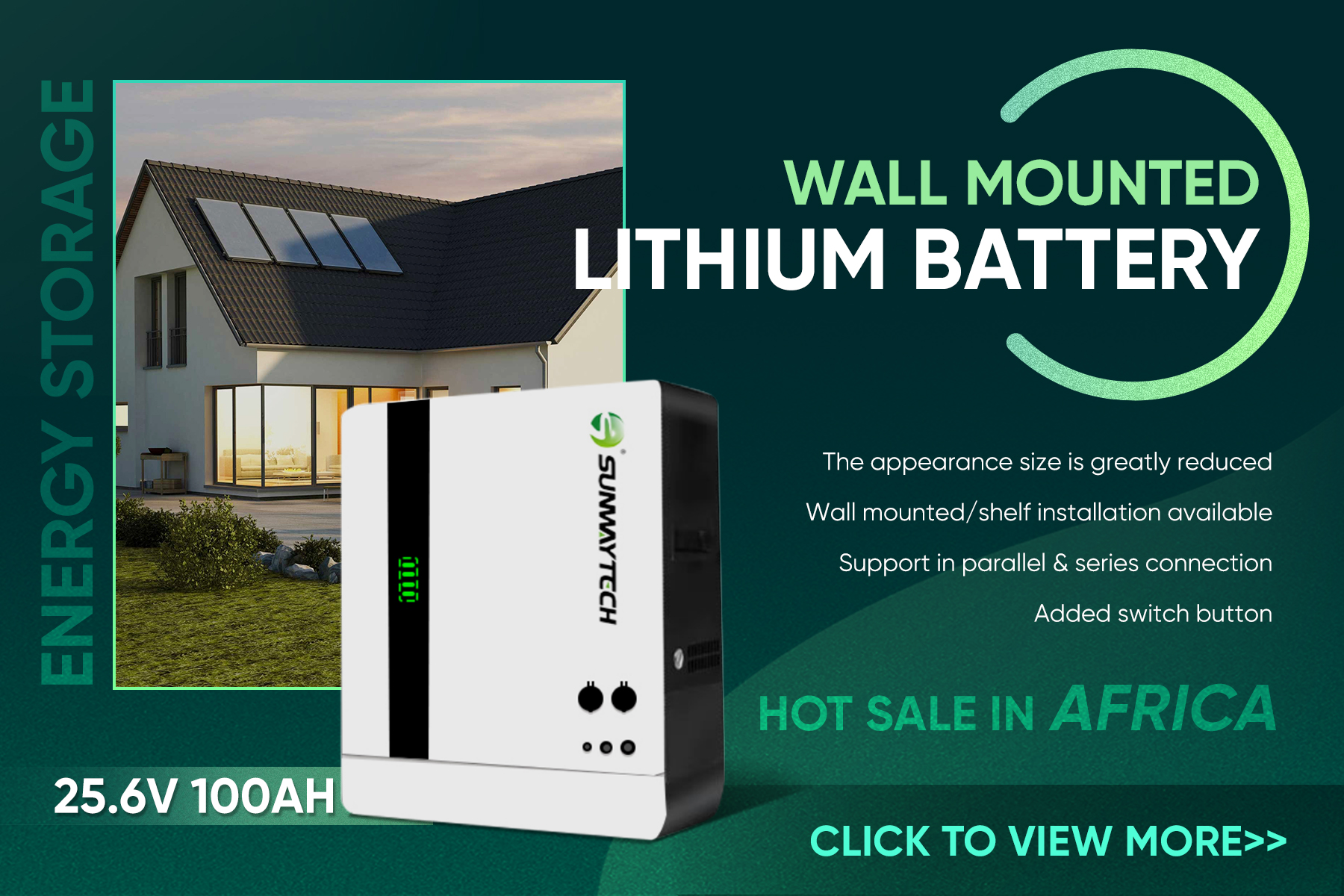Have you ever encountered a rainy day when the photovoltaic system does not work? First, the inverter alarms and does not work, and then the leakage protection switch also starts to trip. What’s even stranger is that when there is a problem when it rains in the morning, it will automatically recover when the weather is clear.
Analyze the failure:
It is easy to leak electricity when the air is humid in rain, indicating that the components, cables, or live parts of the inverter in the system have insulation damage. Generally, the inverter reports a low insulation resistance fault, or the leakage protection switch trips. Once the photovoltaic modules, cables, connectors, switches and other equipment have a ground fault, it will not only cause the power station to fail to connect to the grid and affect the power generation, but severely cause the entire power generation System equipment failure or personal injury or death. Therefore, before the photovoltaic inverter is connected to the grid, it is necessary to check the ground insulation to prevent electric shock. The inverter itself has insulation fault and leakage current detection. When the system fails and the insulation value is lower than the inverter set value, the inverter will start the fault alarm program until it stops. If the inverter detection system has a problem , Or the alarm threshold is increased, the leakage current protection switch of the AC part will be activated.
Cause of issue
The insulation resistance of the DC part is too low: the insulation resistance is to detect the DC part of the photovoltaic system, including components and DC cables. When the inverter detects that the positive or negative insulation resistance of the component side is too low, it means that the DC side cables or components are connected to the ground. The insulation resistance is abnormal. Low insulation resistance is a common fault in photovoltaic systems. Components, DC cables, and connectors are damaged. The aging of the insulation layer will produce low insulation resistance. When the DC cable passes through the bridge, there may be barbs on the edge of the metal bridge. During the threading process, It is possible to destroy the outer insulating skin of the cable, and cause leakage to the ground.
AC Leakage Current: Leakage current is also called square matrix residual current, which is caused by the parasitic capacitance between the photovoltaic system and the ground. When the parasitic capacitance-photovoltaic system-power grid forms a loop, in a photovoltaic system without a transformer , The loop impedance is relatively small, the common mode voltage will form a larger common mode current on the parasitic capacitance between the photovoltaic system and the earth, that is, the leakage current.
The threshold of DC insulation fault alarm is 50KΩ, and the threshold of leakage current fault is 300mA. Therefore, when the insulation layer of the DC part is damaged, the insulation resistance will be reported first, and the inverter will stop, unless the DC cable is damaged. A leakage current fault will be reported. When a leakage current fault occurs in the inverter, generally check the inside of the inverter and the AC cable part.
Troubleshooting
Rely on the inverter to check in series: if the DC side of the inverter is connected to multiple channels, the components can be checked one by one, and only one series of components are kept on the DC side of the inverter. Check whether the inverter continues after powering on If an error is reported, it means that the insulation performance of the connected component is good. If it continues to report an error, it means it is likely that the insulation of the string of components does not meet the requirements.
Use a multimeter to check each channel: When the AC and DC of the inverter are all disconnected, unplug each incoming line of the connected string, use the positive and negative poles of the multimeter to measure the inverter voltage to the ground, first check whether the strings are connected There is a difference, whether there is a situation where the voltage to ground is directly 0 or close to 0, and confirm with the normal operation of the inverter. If this method cannot be determined, further investigation is required.
On-site inspection of the wiring of the component DC cables: First, the part of the abnormal insulation resistance is caused by the damage of the DC cables, including the cables between the components, the cables between the components and the inverter, especially the ones in the corners. For cables and cables laid out in the open without a pipe, carefully check whether the cables are damaged. Secondly, the photovoltaic system is not well grounded, including the module grounding hole is not connected, the module clamp is not in good contact with the support, and some tributary cable bushings enter water, which will cause the insulation resistance to be low.






